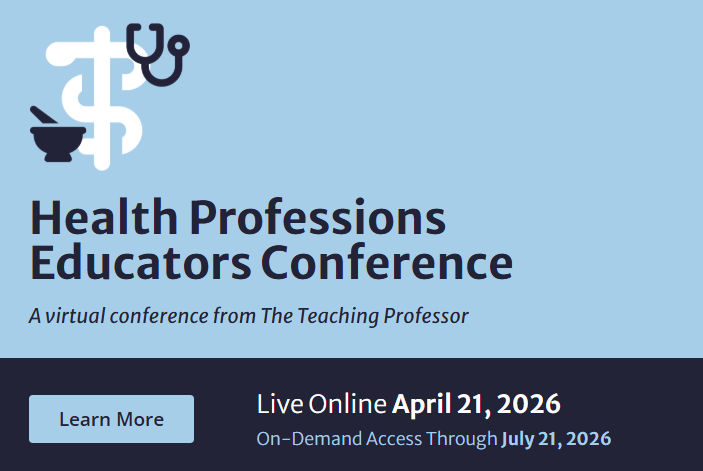
Work with Me: A Novel Approach to Increasing Student Productivity
Can you work when you’re being watched? In the 1920s, workers at the Hawthorne Works plant in Cicero, Illinois, took part in a novel study of productivity. To change habits in the workplace, researchers decided to give them more light. Researchers changed the light bulbs











